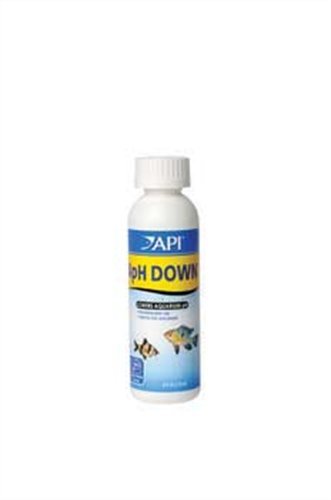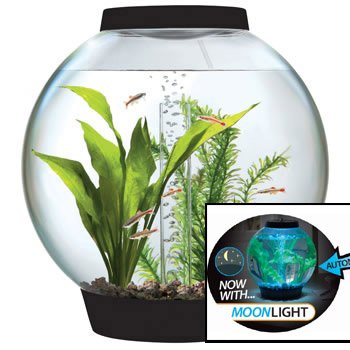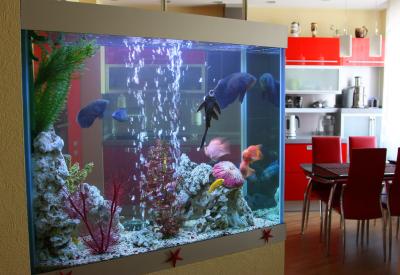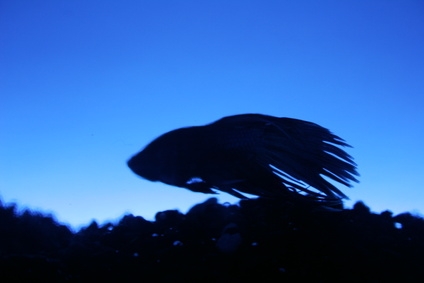
Scientific Name: Neolamprologus multifasciatus
Breeding Method: Shell spawner.
Ease of Breeding: Moderate.
 Introduction: "Multis," as they are sometimes called, are native to Africa's Lake Tanganyika, and are the smallest known cichlid. In fact, they are sometimes referred to as a "desktop cichlids" because they don't mind living in very small tanks. It is best to spawn them in a species tank (or a comÂmunity tank that does not include other botÂtom dwellers) with a ratio of three or four females to every male.
 Sex Differences: Adult males are noticeÂably larger than females.
 Water Conditions: Hard and alkaline, with a pH above 7.8 and a dH of 10 to 20. Temperature should be between 78° and 80°F.
 Equipment: A 10-gallon tank with heater and sponge filter. Add a sand substrate— these fish love to dig—and at least two shells (preferably three) for every fish in the tank. Some aquarists report success using "elbows" of PVC pipe instead of shells. Plastic plants are optional; live ones rarely survive the tendency of these fish to continuously rearrange the tank decor.
 Conditioning and Triggers: Condition on brine shrimp, vegetable flakes, and blood worms. Removing 50 percent of the water and replacing it with water that is several degrees warmer than that of the tank sometimes triggers spawning.
 Spawning: The male and female posture to one another, remaining perfectly still in the water with fins outstretched. Then they alternate going in and out of one of the shells, where the female lays her eggs and the male fertilizes them. Afterward, the female will stay very close to her shell, while the male guards the larger territory.
 Brood Size: Up to 30, but smaller broods are common.
 Fry Care: The fry hatch in a week to 10 days, but remain so close to the shell for anothÂer week or two afterward that they sometimes go unnoticed. Feed infusoria and baby brine shrimp.
 Special Notes: Males sometimes bury unused shells in the substrate.
 Species with Similar Breeding Habits: Neolamprologus ocellatus; N. calliurum; N. meleagris.
 Cloudy Aquarium Water
How to Get Keep My Aquarium Water Clear
Cloudy Aquarium Water
How to Get Keep My Aquarium Water Clear
 Benefits of the biOrb
biOrb AquariumsThe Best Aqua
Benefits of the biOrb
biOrb AquariumsThe Best Aqua
 How to Take Care of a Puffer Fish
How to Take Care of a Puffer Fish
How
How to Take Care of a Puffer Fish
How to Take Care of a Puffer Fish
How
 List of Aggressive Tropical Freshwater Fish
List of Aggressive Tropical Freshwater Fish
List of Aggressive Tropical Freshwater Fish
List of Aggressive Tropical Freshwater Fish
 How to Tell a Male Betta From a Female Betta
How to Tell a Male Betta From a Female Betta
How to Tell a Male Betta From a Female Betta
How to Tell a Male Betta From a Female Betta
Copyright © 2005-2016 Pet Information All Rights Reserved
Contact us: www162date@outlook.com